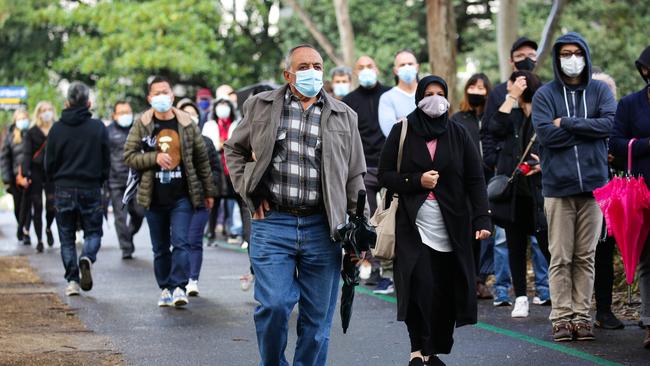
I’ve joined 4.8 per cent of the population in being fully vaxxed. That’s around the One Nation vote in the 2019 election for some perspective although Pauline Hanson’s party has made a bit of noise suggesting it might court the anti vax vote.
There were no adverse reactions, even mild ones, no reaction to the first shot, other than a bit of a dead arm for a day or two. The second shot seems not to have offered even that.
The AstraZeneca vaccine was approved by the Therapeutic Goods Administration on 16 February this year, three weeks after the approval of the Pfizer vaccine. By arrangement with the company, the commonwealth planned to manufacture millions of doses of the vaccine under licence at the Commonwealth Serum Laboratories.
That has come to an end, or it will in October, with the A-Z vaccine phased out in preference to other vaccines due to its rare but potentially lethal side effects associated with a type of thrombosis (TTS) in younger age groups.
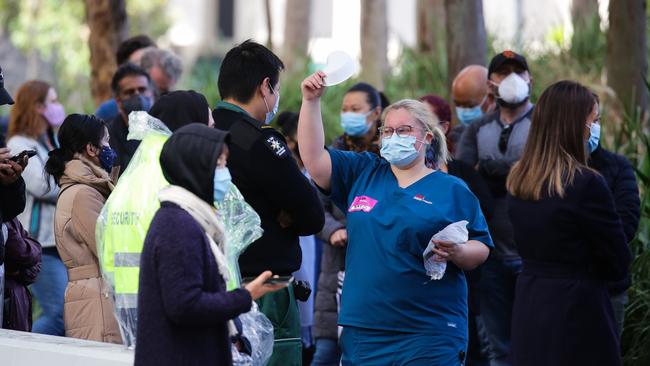
The more data that comes in from the Pfizer vaccine, the more positive it looks but there is not enough of it available to vaccinate the entire population in the short to medium term.
At least where I got my shot, in a little corner of regional Australia, the news was you could book in for the Pfizer shot as of August. The clinic said it was receiving doses of Pfizer in July, but demand had exceeded supply.
Putting all our eggs in the AstraZeneca basket is a refrain from Opposition Leader, Anthony Albanese and his health spokesperson, Katy Gallagher used the same line in an interview with the ABC on Tuesday.
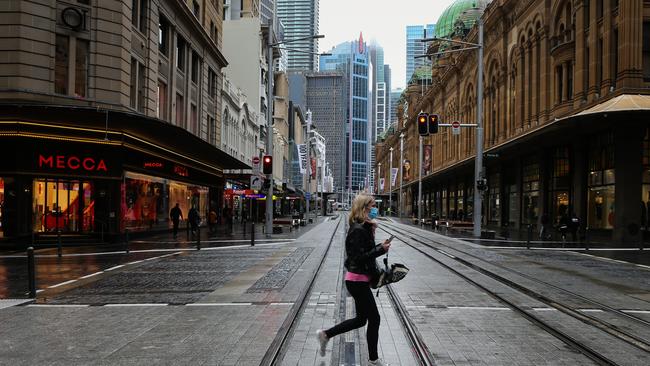
With Sydney locked down and four cities around the country now joining it by restricting movement in one way or another, I have the sense that the politics around pandemic management is changing, with people less likely to uncritically accept government advice and conduct. At the same time, opposition carping is not bound to be met with wild cheers either.
The country will need to have vaccination rates around 80 per cent before we can hope to return to a sort of Covid-19 normal, before our airports are open to international travellers and we can travel freely overseas and domestically without fear of being locked out of our homes by a snap government intervention. That seems a long way off.
It is unlikely Australia will hit those rates this year or early next and with every passing day, the likelihood of a cluster emerging of the highly infectious Delta variant drawing government and public health responses, establishing red zones and lockdowns, border closures increases. Same old, same old.
Over time, the mix of vaccines will change. 20 million doses of the Moderna vaccine will hit Australia late this year. 51 million doses of the Novavax vaccine have been provisionally ordered subject to TGA approval at some point later this year.
Last week, Novavax released the results of their stage three clinical trial which places it top of the heap in terms of protection against Covid-19 variants with a reported efficacy of 90 per cent against the Delta variant. But those are only clinical trial results. AstraZeneca was said to be highly effective against variants in clinical trials but then along came the Delta variant. While A-Z offers protection, its efficacy against the Delta variant is only around 60 per cent, according to reports (not yet peer reviewed).
The influenza vaccine in 2019 ran between 40 and 60 per cent depending on the variant.
There are another 22 letters remaining in the Greek Alphabet with the Delta (India) and Gamma (Brazil) variants of most concern to infectious diseases experts. SARS-Cov-2 has a way of getting into big populations, mutating, and coming out with nastier variants. This will continue.
Immunologists are playing catch up and no doubt vaccines will require boosters as we go.
Then all we have to worry about is what we might call the human or administrative problems. We’ve seen states like Queensland fail to vaccinate frontline health workers. Across the country, quarantine facilities leak like sieves and people who come into contact with high risk groups like international arrivals are not routinely antigen tested or indeed vaccinated. We still have no idea how many aged care workers have yet to be fully vaccinated.
At present there is no great push associated with vaccination, no enticement, no vaccine passport (proof of vaccination sits coldly in one’s MyGov account), no incentive for vaccination other than Australians doing the right thing by themselves, their families and their communities.
The alternative is to shun the vaccine, any vaccine, don’t wear a mask and don’t isolate when there’s a cluster around you. That would be like putting a great big “Kick Me” sign on your back.
I’ve been waiting for this day since my first shot late in March and expected to be exultant. Instead, it is a bit of a hollow feeling, a sense that we have so much further to go before we can look at this pandemic in the rear view mirror.




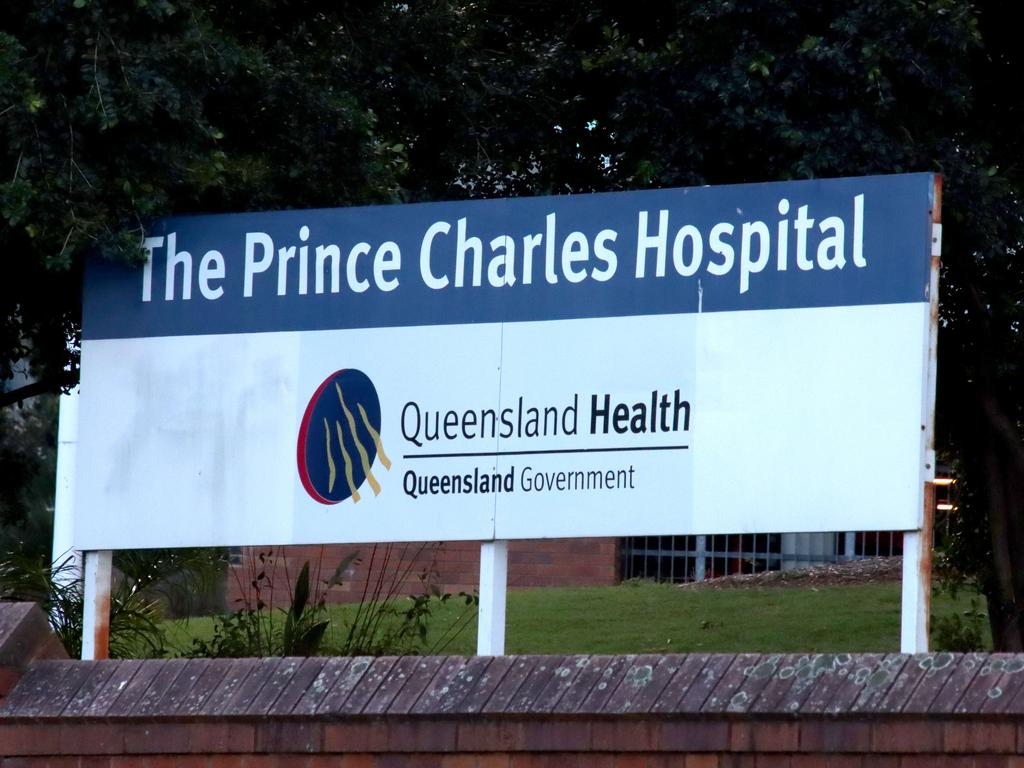
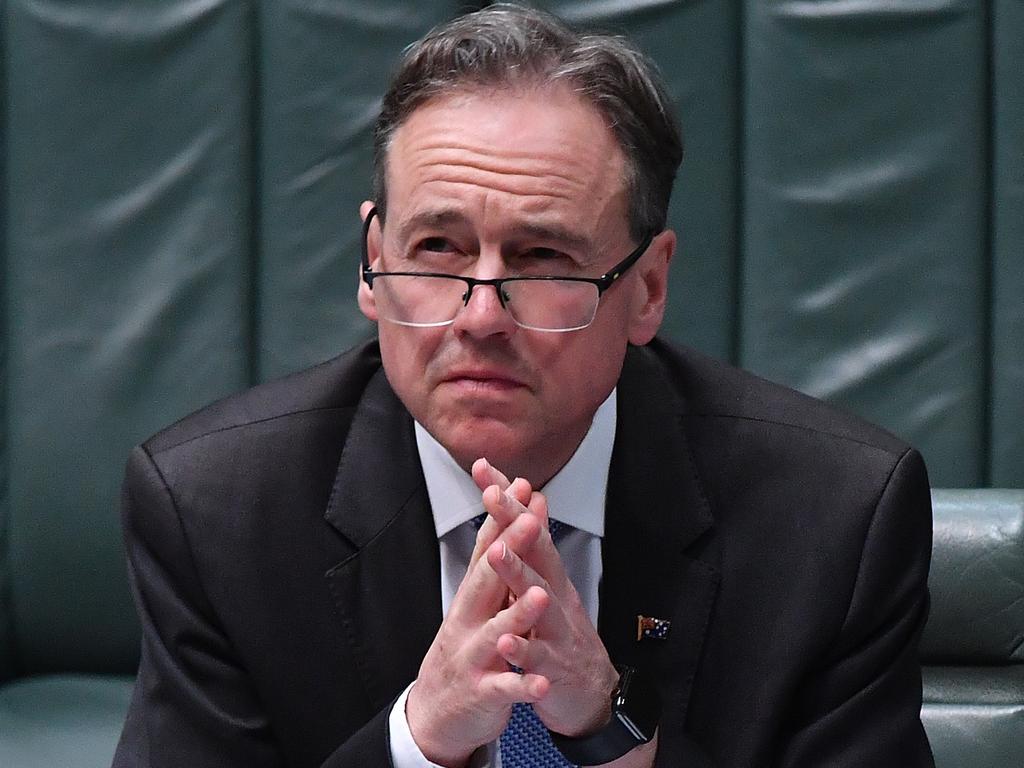

I am fully vaccinated, having received my second AstraZeneca shot as of 9:08 this morning. It’s a humble brag. I was pitched in with the IB group, the general population aged 70 or older, indigenous Australians aged 55 or more, emergency service workers and those with underlying medical conditions.